After Rolls-Royce, more jet engine makers reportedly refused to participate in Boom Supersonic’s Overture, casting doubts into the aircraft’s future.
For many, Concorde’s retirement was a backwards step in aviation. The airline industry went from having a supersonic passenger jet at its pinnacle to an array of increasingly sophisticated but disappointingly similar and subsonic airliners. Of course, this is a grossly simplistic and misleading summation of the last few decades.
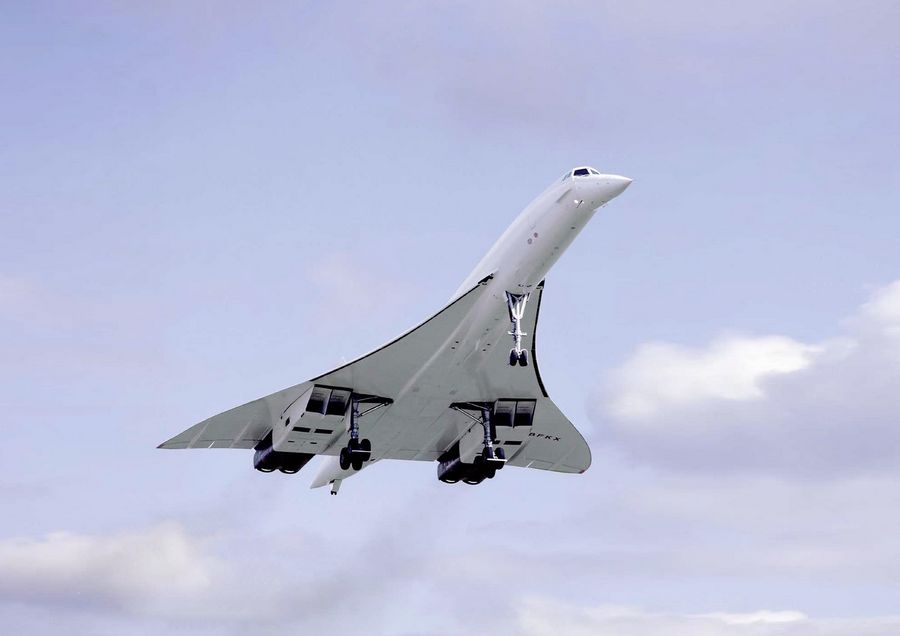
But the prospect of a supersonic commercial aircraft still inspires aviation fans worldwide – and not just for airliners. Before the engine woes of the Boom Overture, we saw the demise of Aerion Supersonic. This company intended to launch the AS2, a supersonic corporate jet. A lack of funding caused the company to shut down its operations in May last year.
Earlier this month, we saw that engine maker Rolls-Royce confirmed that it is no longer working with Boom Supersonic on the Overture airliner. As we saw, Rolls-Royce and Boom had previously avoided defining their work together as an engine supply partnership. It appears that Rolls-Royce assisted Boom in developing an engine specification that would suit the 88-seat Overture airliner.
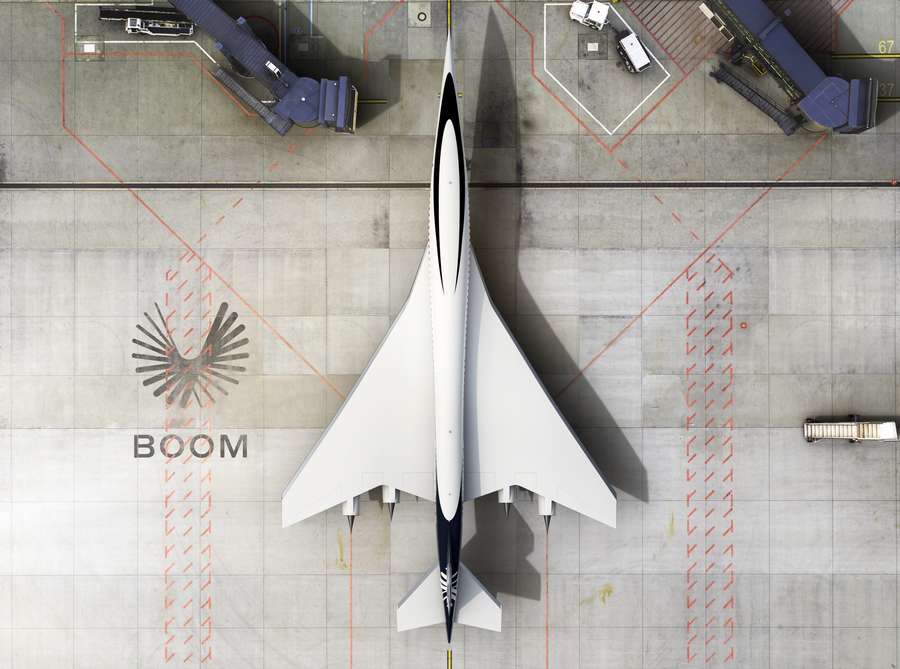
Another Engine For The Boom Overture?
But since this announcement earlier in September, the identity of Boom’s next engine partner has been a mystery. And the news now is that at least three more jet engine manufacturers appear to have distanced themselves from this project. One of them is General Electric, which may be surprising to some.
GE has informed analysts that it has no interest in developing an engine for the Boom Overture. And this is interesting because GE was the engine manufacturer that would have made an engine for the Aerion AS2. GE called this the Affinity engine. But the AS2 was a smaller aircraft, and GE’s Affinity wasn’t really a new engine. This engine shared much of the design (and size) of GE’s military F101/F110/F118 engines.
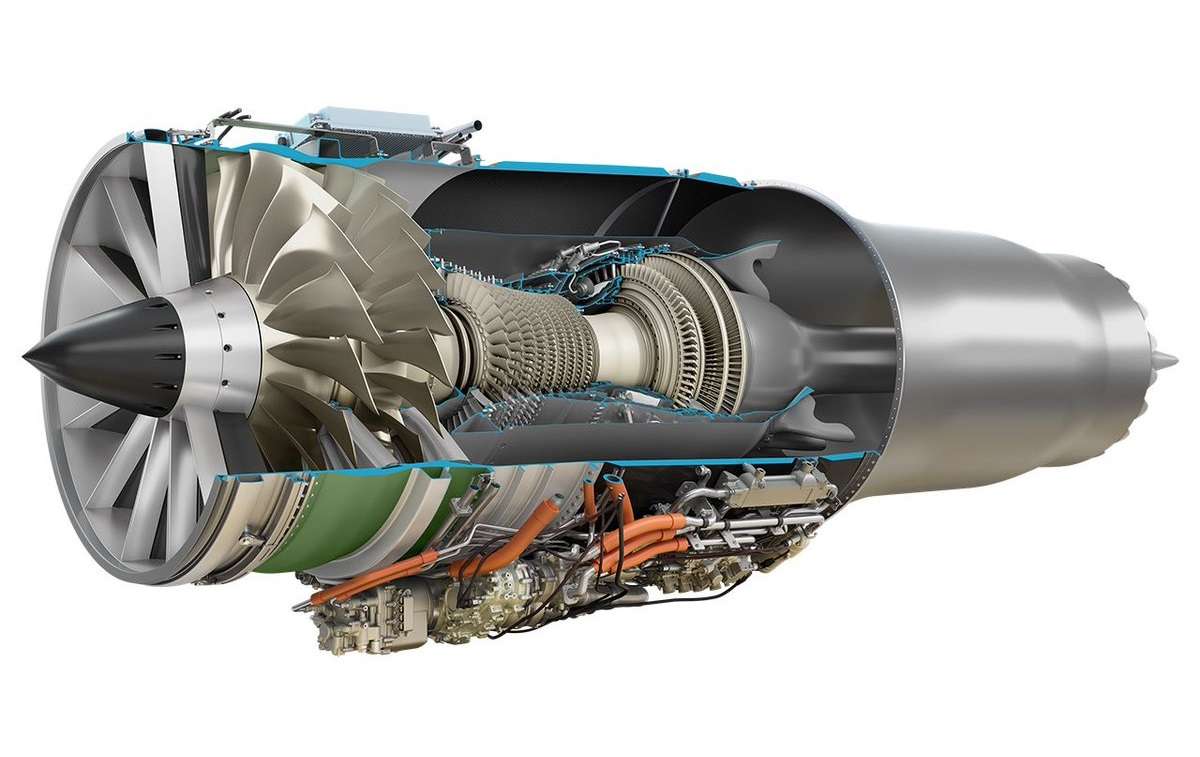
The Boom Overture is a much larger aircraft than Aerion’s AS2, likely making it harder for GE to offer a compatible engine. But perhaps this isn’t the main limiting factor. Safran in France, GE’s partner in CFM International, appears to share its partner’s stance towards Boom. And so does Pratt & Whitney.
P&W is reportedly maintaining its focus on its geared turbofan (GTF) commercial engines, as well as its military engine programs. This eliminates another experienced civil and military engine maker as a prospect for the Boom Overture. P&W emphasizes the efficiency and sustainability side of its commercial engines.
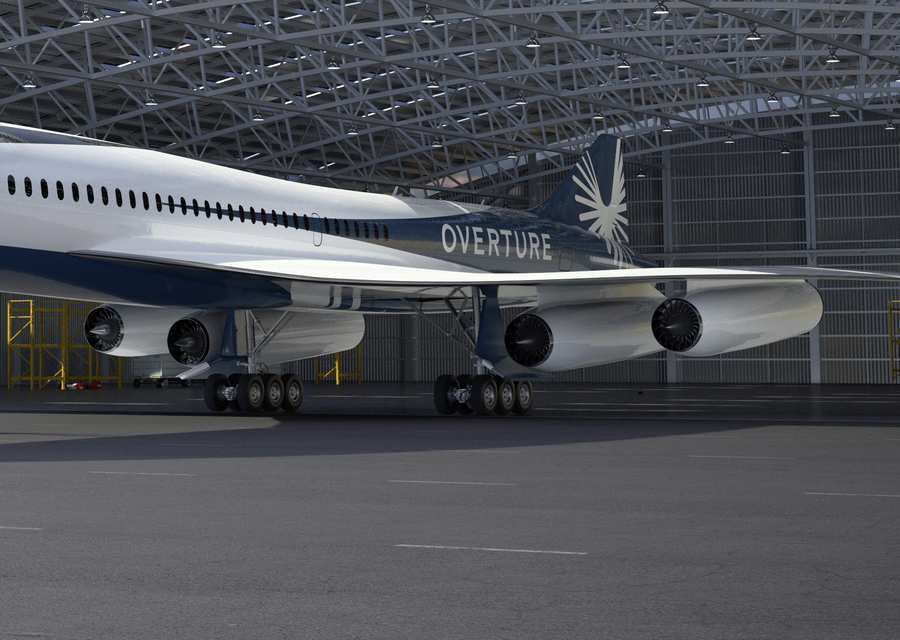
Efficiency, Resources, And A Market
And it could be that it is this focus on efficiency, plus the need for a financial commitment from these engine makers, that is troublesome for Boom. The aspiring aircraft manufacturer maintains that its design will run on 100% sustainable aviation fuels (SAF), keeping it carbon-neutral. However, a recent ICAO report questions the strategy of using still-rare SAF for energy-intensive supersonic jets.
There are more headaches for Boom to solve, beyond the lack of an engine for the Overture. Some of these would sound familiar to any Concorde fans. The market potential of such an aircraft is first. Commitments by American Airlines, United, and others depend on Boom’s design meeting certain performance numbers. This makes these commitments far from certain. Still, Blake Scholl, Boom’s CEO, remains optimistic.
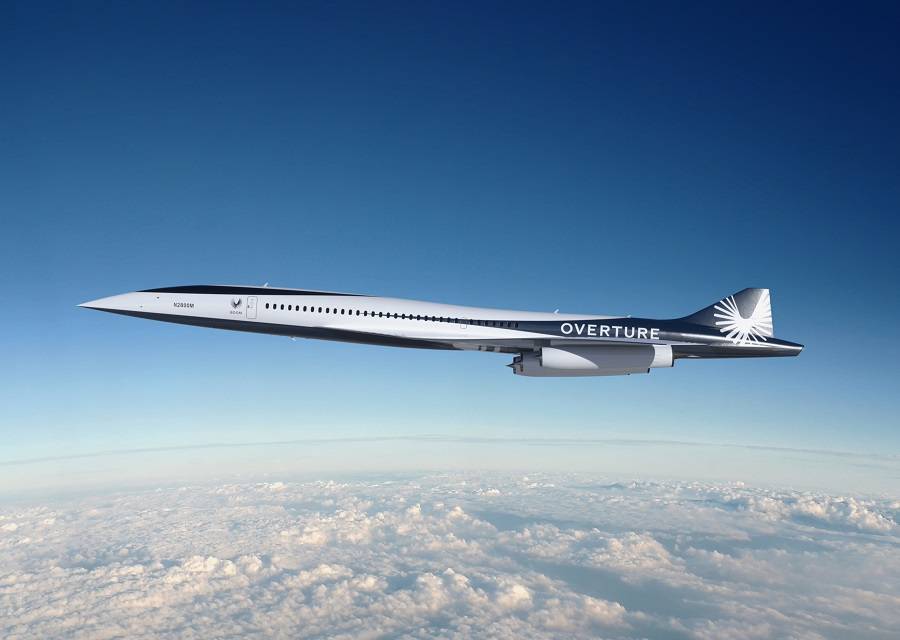
But it appears that Boom hasn’t convinced some engine makers about the business case for the Overture program. And on the technology side, it’s worth remembering that much of the sophistication that made Concorde possible involved its Olympus engines. Beyond the turbojets themselves (an evolution of those in the Avro Vulcan bomber), Concorde’s engine inlet setup required similar computing power to the aircraft’s analog fly-by-wire.
As we saw, Boom didn’t announce the final engine layout and the rest of the configuration of the Overture airliner until earlier this year. Also, the company still lacks the bulk of the funds it needs to develop its design. According to recent interviews, the company has raised $600 million so far. Its CEO has recently estimated its needs to be between $6 and $8 billion. Earlier estimates put these development costs at $10 billion.



